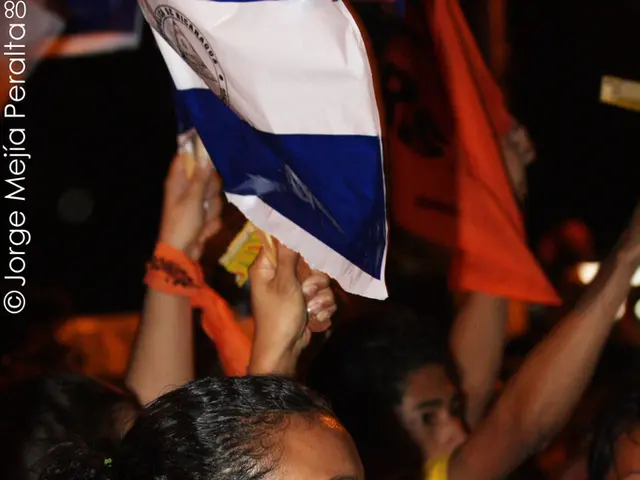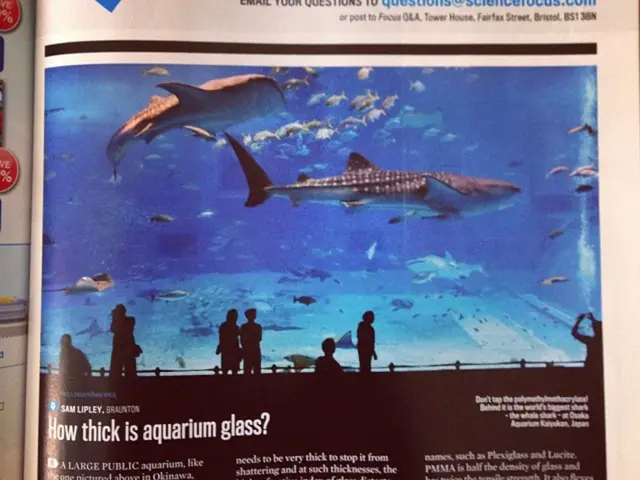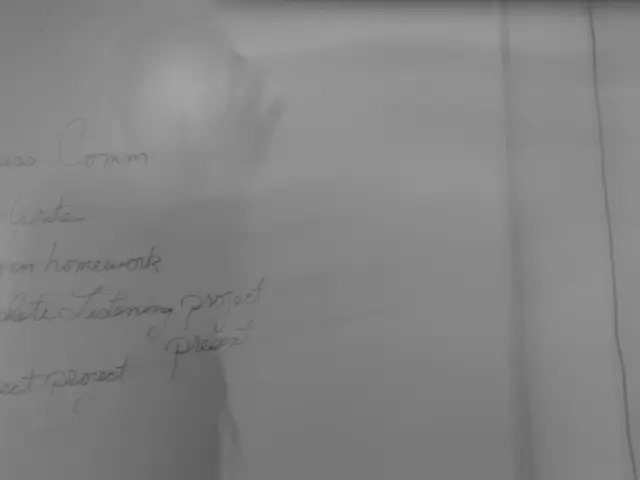"A Nearly Unrealized Monument: The Topography of Terror"
In the heart of the German capital, a unique historical site stands as a poignant reminder of the past, blending harmoniously into the urban environment. This is the Topography of Terror, an empty space that serves as a caesura in the cityscape, marking a significant chapter in Berlin's history.
Located near Gropius Bau, Potsdamer Platz, and Checkpoint Charlie, the Topography of Terror is a lively place of learning and remembrance, attracting visitors from all over the world. It is one of the most visited memorial sites in Germany, welcoming several million visitors annually.
The outdoor space of the Topography of Terror is a testament to the dark history it represents. Exposed basement remains of the Gestapo headquarters and remnants of the Berlin Wall serve as stark reminders of the atrocities that once took place here. An exhibition trench with 15 stations was created along the historical wall course, providing insight into the site's history and role.
The Topography of Terror is not just a site for silent remembrance, but for active and visible enlightenment. It aims to explain the structures of the Nazi state, naming perpetrators, and showing connections and mechanisms. The site serves as a powerful tool to understand how dictatorship and terror were possible in a modern society, and what responsibility this implies for the present.
In times when anti-democratic tendencies are gaining strength, the significance of the Topography of Terror in democratic education, dealing with guilt and responsibility, and raising awareness of the dangers of hostility towards people and abuse of power cannot be overestimated. It stands as a beacon of remembrance, a reminder of the past, and a call to action for the future.
Despite the lack of information about the architects commissioned by the Berlin Senate for the design of the Topography of Terror in the 1990s, or when the initial design was ultimately discarded, the site has evolved into an internationally recognized centre of remembrance. Its enduring impact serves as a testament to the power of history, education, and remembrance in shaping our understanding of the world.
Read also:
- ICE directed to enhance detention conditions following NYC immigrants' allegations of maltreatment
- Israeli finance minister issues warnings about potential annexation of West Bank territories
- United States faces rebuttal from South Africa over allegedly deceitful human rights report and assertions of land expropriation
- Accident at Rodalben Results in Injuries; Geoskop Area near Kusel Affected After Stormy Weather








